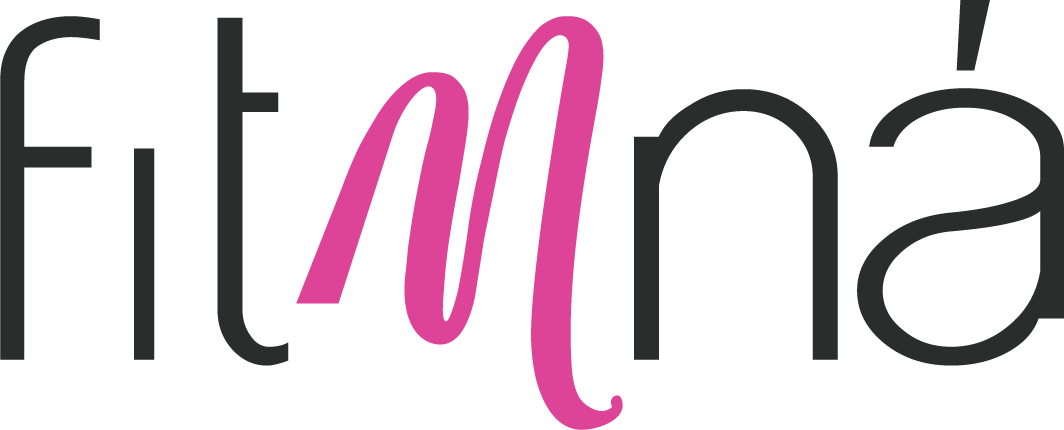Are sit ups better for diastasis than dead bugs?
I'm loving all the research that is coming out around pregnancy and postpartum, it is challenging how I am training and coaching women. Recently, we have had the Canadian guidelines for the first year postpartum - key takeaways here. Then a Meta analysis (basically the researchers, all women btw read loads of studies and evaluated the results) on Resistance Training in Pregnancy. They found that resistance training reduces risk of gestational diabetes, gestational hypertension, perinatal mood disorders and Caesarean section. But most of the studies used low loads and didn't include progressive overload. This is traditionally how we view pregnancy, a slow down towards labour and birth.
Another recent review and meta analysis looked at conservative treatment of diastasis. There's a lot of misinformation and varying opinions on diastasis, so I was delighted to see this! It looked at no intervention versus static exercises like dead bugs, bird dogs and planks, versus isotonic (moving) exercises like sit ups and electrical stimulation! This study found that abdominal exercise has a significant effect on the gap versus not doing anything, no surprises there. It went on to state that there is a better results from the sit ups paired with electrical stimulation than the static moves?! You remember slender tone trend?! Or you might want to dig out the old TENS machine! There was a low certainty of evidence so I would take this with a pinch of salt, so we need more random control trials. But my takeaway was:
Should you be including sit ups in your postpartum rehab? Maybe! For two reasons, Rectus (your 6 pack muscle) works when we bring our ribs towards pelvis, without working that muscle through its full range can we make it stronger, probably not. We also need to bulk up that muscle and again moving it through it's full range of motion is going to do that.
Rather than looking for the best exercise for diastasis or using a click bait title like I did what can we do?
Getting strong with all movements like planks, dead bugs, sit ups
Progressive overload or adding challenge is a key factor that is often overlooked
It is not just about the gap but having tension in the linea alba and having a functional core
What else affects diastasis?
Type and intensity of exercise may influence outcomes
Individual variations can also influence outcomes
Underdosing exercise recommendations for postpartum women, low to moderate load which was similar to the study on resistance training in pregnancy.
So are we being too conservative with training during pregnancy and postpartum. What if we encouraged women to move with intention AND intensity during these periods? If we continued to strengthen our core throughout pregnancy not just after baby would we see less diastasis? We also know that resistance training has long term benefits like bone density, lean muscle mass and insulin sensitivity. These are important for health across the life span not just in specific periods.
With more and more research coming out we should be changing our approach to training, same as training during pregnancy should be different to training postpartum.
